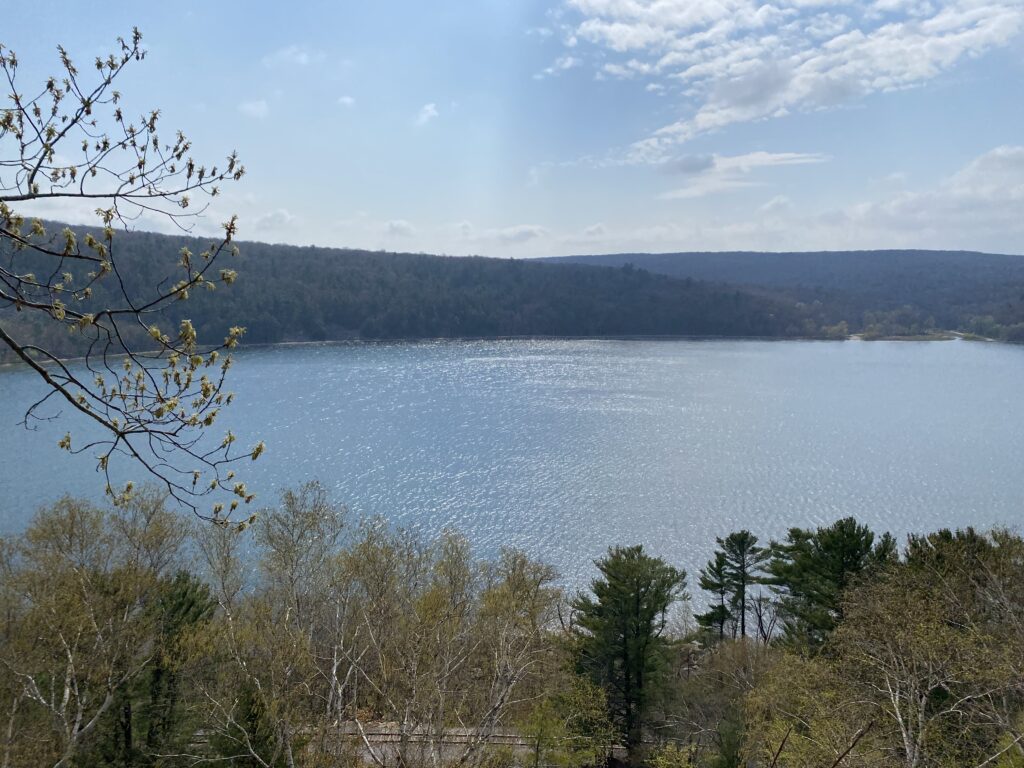13,000 YEARS AGO, the Midwest was hidden beneath a frozen tundra. Massive sheets of ice up to two miles thick slowly scraped across the landscape, flattening the earth and leaving behind steep ridges known as drumlins in their wake.
The ground remained indefinitely frozen in a state known as permafrost which created a harsh environment where few plants could grow and even fewer animals could thrive. During this time, woolly mammoths roamed the land, grazing on short grasses and shrubs, and it wasn’t until the glaciers retreated that prehistoric humans first made their way into the area.
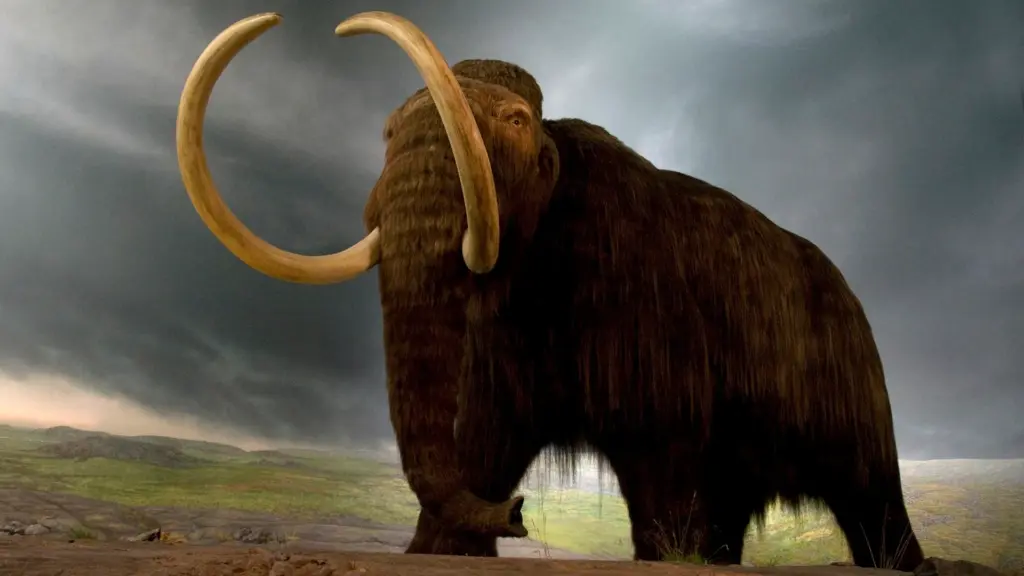
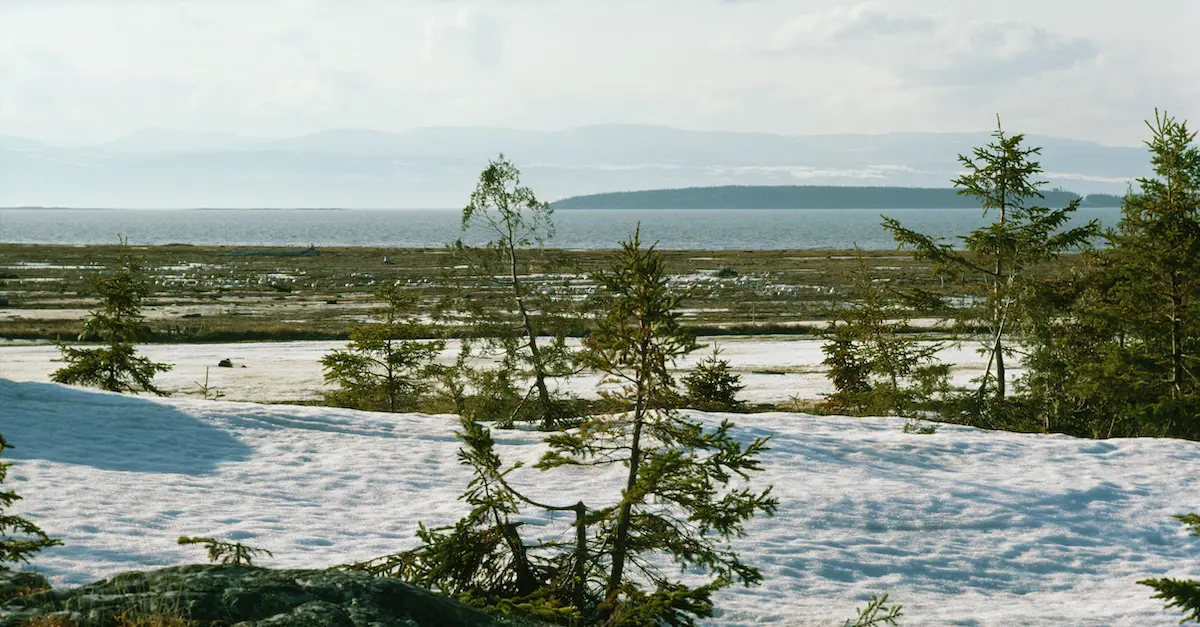
DURING THE MOST RECENT ice age event, known as the Wisconsin Glaciation, the Midwest was a frigid and unforgiving wilderness: barren, inhospitable, and entirely unlike the modern-day landscape that contains a whole host of different plants and animals. Instead, glaciers ruled the land.
Glaciers are huge masses of compressed snow and ice that move slowly over land. They tend to exist at higher elevations, such as the Rocky Mountains, and are found on every continent except Australia. Since glaciers weigh upwards of 10,000 tons, they governed the ice age as a continent-wide crushing force that caused the compression of the bedrock beneath them; however, that compression is not permanent. The ground is slowly rebounding at a rate of around one (1) centimeter every 1,000 years, which means that Wisconsin is actually slowly rising further above sea level. This is known as Isostatic Rebound.
As the glaciers moved across the region, they left behind a trail of crushed caverns in their wake along with a thick layer of soil, dirt, and rocks known as drift sitting atop the slowly-decompressing ground. Despite the wide range of the glaciers’ effects, some areas remain completely untouched by their power. In the Midwest, this area is known as the Driftless region.
The Driftless Region is a unique landscape that encompasses the southwestern third of the state of Wisconsin in addition to small portions of Iowa, Minnesota, and Illinois, and it is known for its rolling hills and bluffs and deep river valleys carved from sandstone that managed to somehow avoid the pressure of the glaciers altogether.
But why did the glaciers avoid this area? To modern scientists, the reason for this is still a mystery.
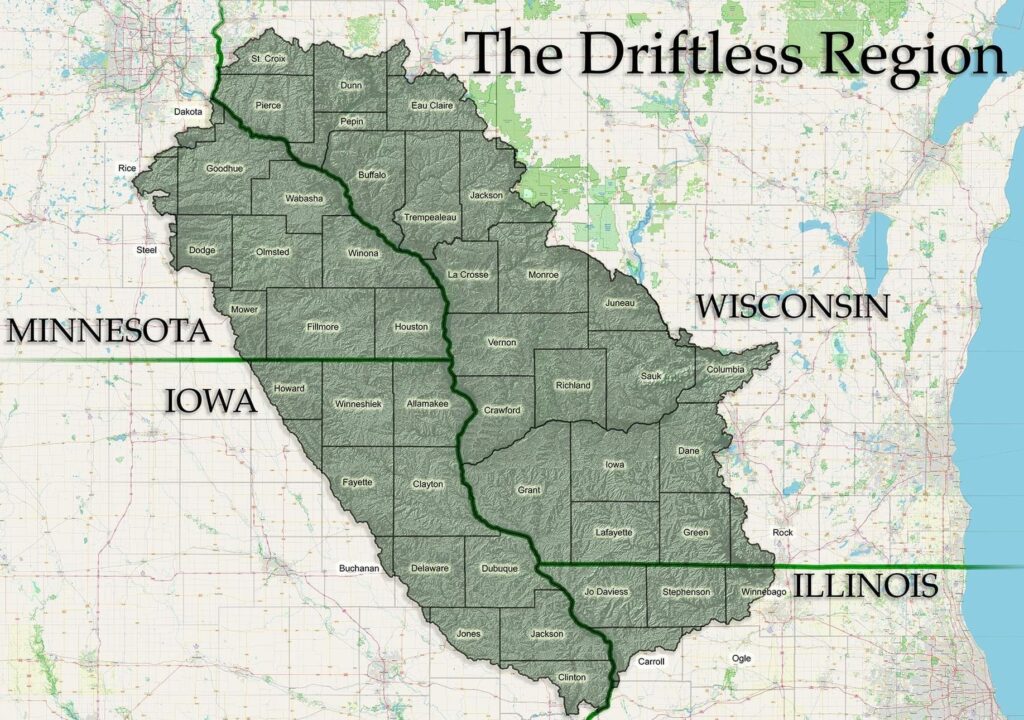
Several theories have been suggested: the porous bedrock could have provided more drainage to glacial waters that would have lubricated the underside of the glaciers, thus making it harder for the glaciers to move; the depths of the great lakes could have held most of the ice back because they required a greater amount of ice to fill them; the higher ridges in the southwest could have created more resistance for the glaciers; or any combination of the above.
PRIOR TO DEVELOPMENT at the hands of European settlers, the Driftless region had a variety of different ecosystems. Today, these ecosystems are present but reduced in both scale and frequency.
On high ridges, tallgrass prairies and bur oak savannas dominated the land due to the soil being too thin and dry from the wind to allow for the growth of trees. This dryness combined with high winds allowed for a perfect environment for natural fires to travel across the landscape, and, while these fires were historically suppressed, it was soon found that they were a necessary ingredient for the regeneration and continued health of the prairies.
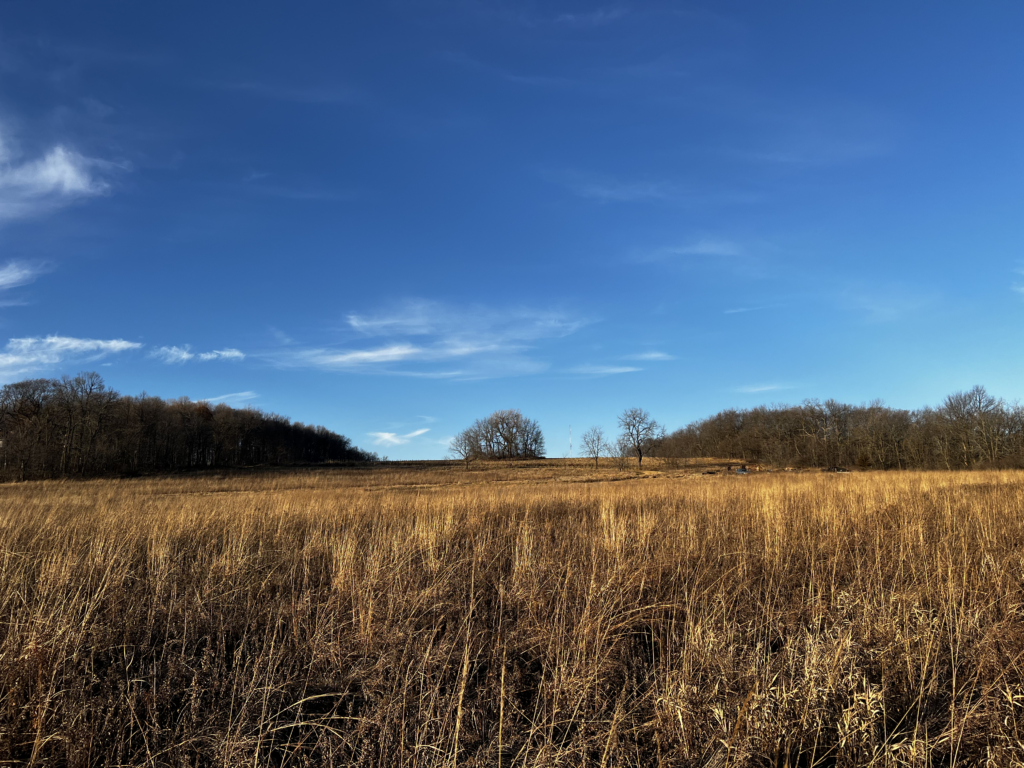
Lower in the valleys that were shielded from wind, sugar maple-basswood forests and simple oak forests thrived in the moist environment. Currently, many oak forests are being overrun by faster growing trees which has prompted several purposeful efforts to regenerate the oak ecosystem. Marshes and wetlands were also common within the river floodplains, though they have become less so due to land development.
This region is host to a magnificent array of different flora and fauna. Common animals include gray squirrels, American badgers, chipmunks, white-tailed deer, wild turkeys, lynxes, bobcats, red foxes, bald eagles, cooper’s and red-tailed hawks, great horned owls, woodpeckers, and a large variety of songbirds.
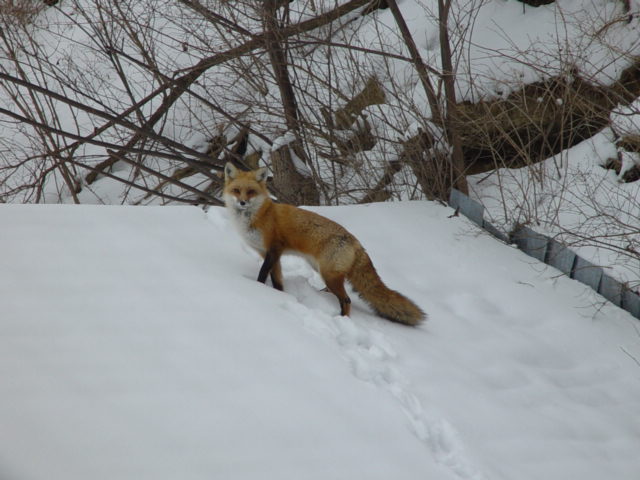
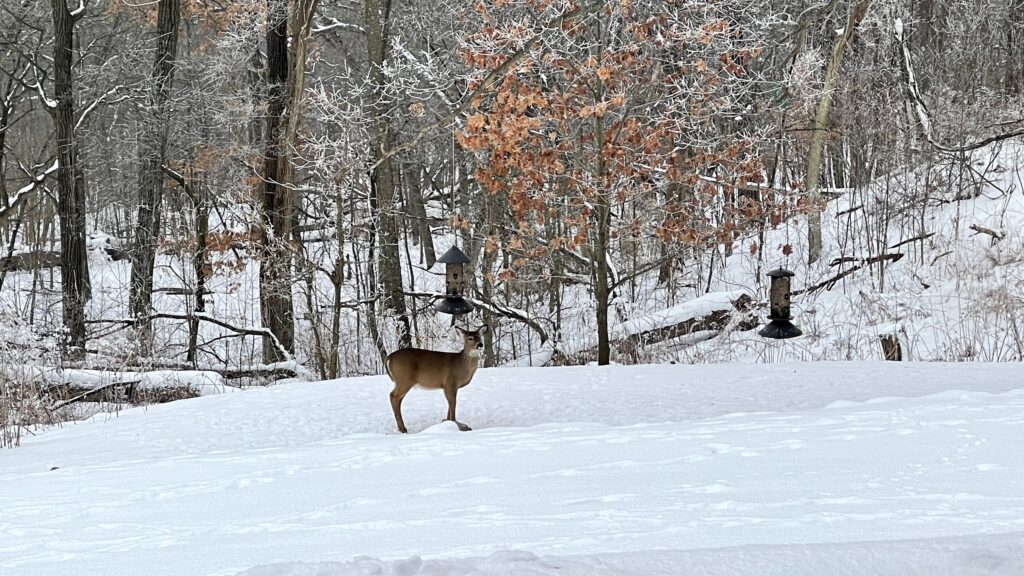
While some of these species, such as squirrels and chipmunks, can be found almost anywhere, some of the more ‘rare’ species like white-tailed deer and bald eagles are very commonly seen in the valley of the Wisconsin River, though a little bit of time in the woods will often reveal them to a patient explorer as well.
Due to the large swath of land that the Driftless Region encompasses, a wide variety of plant life can be found–too many, in fact, for each and every one to be listed here. During the Wisconsin Glaciation, most of the land was grassy and herbaceous plants with few trees such as birch spread throughout.
Today, common trees include several varieties of oak, birch, maple, and pine with bur, white, and black oaks dominating most of the forests. Other common varieties of plant include skunk cabbage, dutchman’s breeches, marsh marigold, clover, shooting star, wild columbine, wild raspberry, blueberry, blackcaps, blackberry, mayapple crested woodfern, joe-pye-weed, and many, many more.
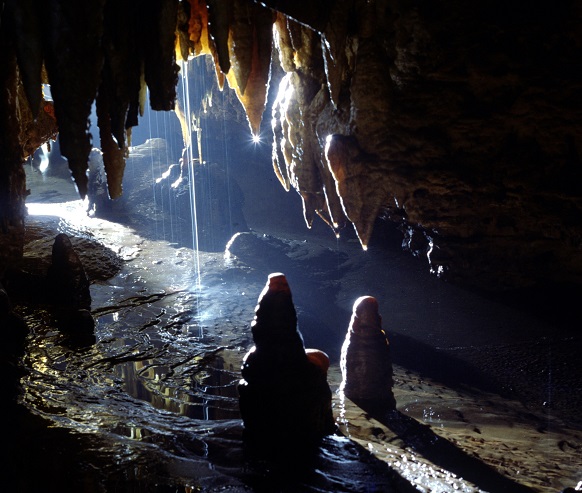
The soil of this region provides ample nutrients for the growth of plants, both wild and agricultural. It has a high percentage of organic material–once living things that are now buried within the ground–that allows for greater retention of water and provides nutrients for microorganisms.
This is important because it creates an environment that excels at degrading pesticides, thus keeping them out of the groundwater and, furthermore, out of our caves.
The native prairies in this region also provide excellent water infiltration which allows all the necessary water for good cave growth: something especially important for Cave of the Mounds.
Still curious?
Check out some of our other pages!
